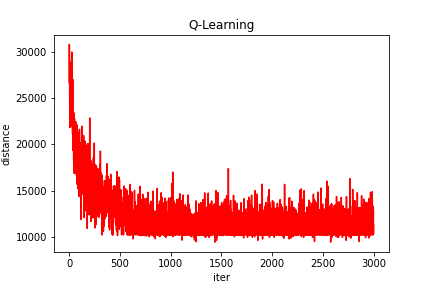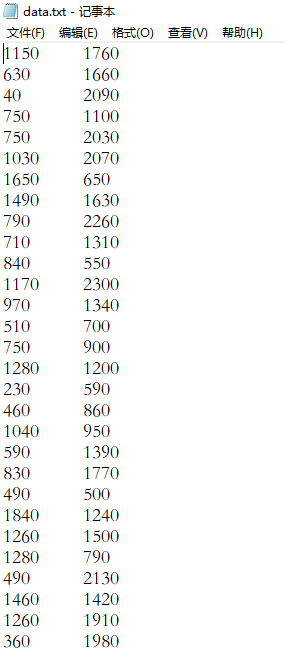读书记录(缓慢更新)
Part 1. The Fundamentals of Machine Learning
The Content of The Machine Learning Landscape
The Machine Learning Landscape
Part 1. The Fundamentals of Machine Learning
The Content of The Machine Learning Landscape
Part 1. The Fundamentals(fundament n.基础;臀部) of Machine Learning 机器学习的基础
1.The Machine Learning Landscape(n.景色;形势 v.对……做景观美化) 机器学习的前景
What Is Machine Learning? 什么是机器学习
Why Use Machine Learning? 为什么使用机器学习
Types of Machine Learning Systems 机器学习系统的类型
Supervised/Unsupervised(supervise v.监督) Learning 监督/无监督学习
Batch(n.一批 v.分批处理) and Online Learning 批处理和在线学习
Instance-Based Versus(与) Model-Based Learning 基于实例与基于模型的学习
Main Challenges of Machine Learning 机器学习的主要挑战
Insufficient(sufficient a.充足的) Quantity(n.数目;大量) of Training Data 训练数据不足
Nonrepresentative(represent v.代表) Training Data 非代表性训练数据
Poor-Quality Data 低质量数据
Irrelevant(relevant a.相关的;正确的;适宜的;有价值的) Features 无关的特征
Overfitting(overfit n.过拟合) the Training Data 过拟合训练数据
Underfitting(underfit n.欠拟合) the Training Data 欠拟合训练数据
Stepping(step n.迈步;脚步;梯级;台阶;步骤;措施;阶段;进程 v.跨步走;(短距离)移动;行走) Back 退一步?
Testing and Validating(validate v.批准;证实;确认……有效) 测试和验证
Hyperparameter(parameter n.界限;范围;参数;变量) Tuning(tune n.曲调;歌曲 v.调整;校音) and Model Selection 超参数调优和模型选择
Data Mismatch(match n.比赛;对手;配偶;婚姻 v.比得上;使相配) 数据不匹配
Exercises


 Moreover, if spa
Moreover, if spa






